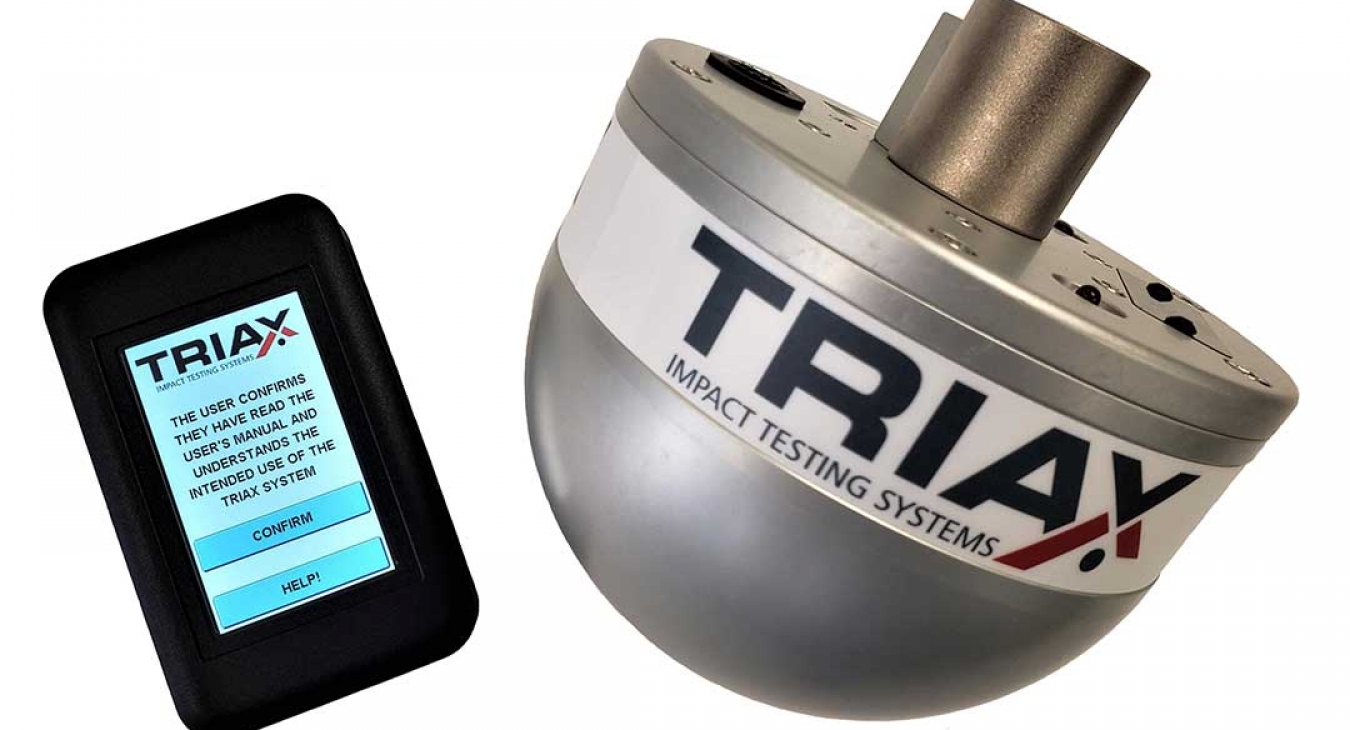Performing Reference Drops is as Important as Calibration
Performing the reference drops in preparation for testing surfacing in the field is an essential step in the testing process. It is somewhat understandable for those with a TRIAX Impact Testing System who have become used to the reliability of the devices to trust the continued operation, but this is not a reason to become complacent. In the electronic world, we have all experienced a computer, laptop, tablet, or cell phone that suddenly stops working as expected. Circumstances can change, and these might affect your TRIAX. You owe it to the people who rely on your test data today and into the future that their testing is reliable.
As a competent TRIAX operator, trained by Canadian Playground Advisory Inc., you know that you have an obligation to provide the person or agency requesting the testing data with accurate, reliable, repeatable, and reproducible Gmax, HIC, and velocity values. It is also important that the raw data be preserved, should there be a need to review it in the future to confirm your test report.
When the TRIAX or GfactorGo are manufactured, it is to the highest international standards and best practices for impact testing missiles. Each TRIAX or GfactorGo is rigorously tested and leaves with a Certificate of Compliance and a Calibration Certificate, but the device is now in your hands. You have the minimum obligations to store it in a safe place and return it for calibration at a minimum of every two years. Preferably, it would be 20 years to cover the statute of limitations for a childhood injury in that jurisdiction.
In the meantime, you also have the obligation to ensure the data is accurate by first performing the reference drops and, from time to time, reviewing the test data graph to ensure there are no anomalies, particularly if the angle is greater than 20°.
Your TRIAX or GfactorGo has shipped with a reference pad that has been paired to your device, ensuring that it is working as intended between calibrations. This Modular Elastomeric Pad (MEP) is specifically manufactured to pair with the TRIAX systems and, over 25 years, has proven to be stable both over time and across a wide range of temperatures: 20°C ±10°C (68°F ±18°F).
Although we hope the use of the TRIAX and GfactorGo systems will assist owner/operators of playing surfaces to ensure they are meeting the needs for play and maintain or make modifications based on accurate data, in the real world, accidents will happen, generally resulting in an injury. That injured party could believe they have been wronged. Now the TRIAX data and legal verification become important. By following the requirements of the device manual and standard, your data will stand up in court. You can validate the data under cross-examination.
Here are some sample questions you can expect:
- Q. Does not your device meet the requirements of the A Standard, and which standard?
- Yes, the manufacturer has signed a certificate of compliance with ASTM F355-23, En1177:2018, and ISO 24667
- Q. Is your device calibrated?
- Yes, the Standard and manufacturer require calibration every two years, and here is my calibration certificate.
- Q. Is your device in working condition?
- Yes, when it arrived, I performed a series of 3 drops on a reference surface provided by the manufacturer. On my concrete surface, we are within 5% of their value on their concrete surface.
- Q. On the day you did the testing, that we are relying upon in this matter, was your device in working order?
- Yes, within 48 hours of going out into the field, a reference pad test was performed, and the value for the average of the second and third drop on g was within 5% of the baseline reference value established with the value provided by the manufacturer.
- Q. Although I trust you are honest, but I must ask, how can you verify that these are the actual values and have not been manipulated or altered? The test device, TRIAX or GfactorGo, uses proprietary software to collect and record the data, which does not allow the operator to manipulate it on the data capture device or when it is uploaded to a PC. We can provide you with the actual ‘trw’ file for our reference drops and can show them on our computer. Alternatively, you could contact Alpha-Automaton Inc., and they could provide you with the software to read the file, and we could provide you with the raw data file.
At this point, you think you are done, but…
Should a standard allow the reference drop testing to be done at a lesser frequency or following the testing 24 hours, 3, 7, 31 days after the testing and the reference drops are not within 5% on g, all of the testing back to the last “compliant” reference test is suspect and the testing agency must get in touch with their clients and tell them their testing during that timeframe will have to be redone.
Now we are really done.












Add new comment